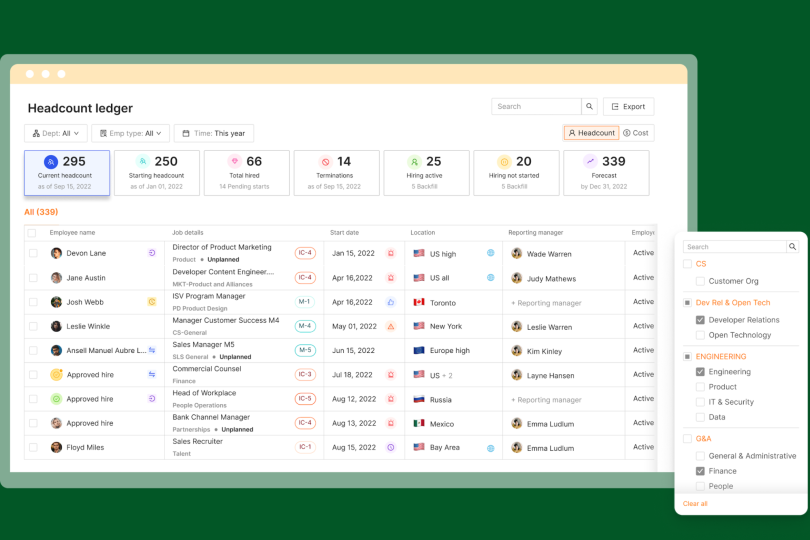
Sure the latest initiatives from the Teslas, Apples and Googles of the industry tend to dominate the tech news space — and with good reason. Still, the tech titans aren’t the only ones bringing innovation to the sector.
In an effort to highlight up-and-coming startups, Built In has launched The Future 5 across eight major U.S. tech hubs. Each quarter, we will feature five tech startups, nonprofits or entrepreneurs in each of these hubs who just might be working on the next big thing. You can check out last quarter’s San Francisco round-up here.
* * *
The pandemic had its first significant impact on the U.S. economy in March of 2020, and companies everywhere were forced to quickly reevaluate how to maintain their business. For many, their solution was to cut costs with drastic staffing reductions. During today’s current economic downturn, similar mass layoffs are again taking place across multiple industries. To keep this from happening in the future, TeamOhana wants to help companies better prepare for these worst-case scenarios with its headcount management software.
The platform integrates with companies’ existing tools for HR information and applicant tracking, like BambooHR and Workday. It also incorporates information from finance departments to reflect how the company’s budget influences its hiring plan.
“Strategic people planning is all about aligning the company’s goals to the company’s finances and the people you need for that,” Tushar Makhija, TeamOhana’s co-founder and CEO, told Built In. “And it is hard to do that just because all this data is siloed and sits in different systems. So what TeamOhana is trying to do is help you make good people decisions based on the real needs of the company.”
TeamOhana syncs HR and finance data into its headcount ledger product, offering insights into an organization’s current headcount, onboarding hires, future terminations, anticipated hires and headcount forecast. This is what’s referred to as a company’s effective headcount, Makhija said.

Companies plan for future departures the same way they plan for future hires, according to Makhija. To help businesses maintain an accurate, effective headcount, TeamOhana’s platform also incorporates input directly from management. Managers can create a list of individuals at risk of leaving or who might be terminated in the future due to their performance or the organization’s changing needs.
“Hiring managers will give the requirements, finance will give the budget input, HR will give the organizational input and these scenarios are collected across all the different teams and departments in the company and brought together to make the company’s master plan for the next year,” Makhija said.
That is the fundamental objective of building TeamOhana — [to] have headlights that help you look forward, not [have] you making decisions when you are already in pain.”
Makhija came across the idea for TeamOhana during his time heading sales and customer success at fintech company Airbase. While conversing with CFOs about helping control their non-payroll spend, one client mentioned that rather than SaaS integrations or vendor partnerships, a company’s workforce actually accounts for the largest portion of its business expenses.
However, that bulky expense has historically been managed manually in spreadsheets while finance and HR teams aren’t privy to one another’s relevant data. TeamOhana’s goal is to keep companies aware of where they’re headed in terms of headcount and cost so they can make more efficient people plans.
“Let’s say you realize six months in advance that [your] company is not growing as fast as it’s supposed to grow. So you stop hiring immediately,” Makhija said. “You don’t wait for the six months to hire people, then you start running out of money and then you have to lay them off. That is the fundamental objective of building TeamOhana — [to] have headlights that help you look forward, not [have] you making decisions when you are already in pain.”
Since its inception in October of 2021, TeamOhana has grown to include 20 people with engineering talent spanning several countries. The company, which launched its solution in February of 2022, has already gained steady traction from a growing customer base. TeamOhana serves business clients including Docker, HoneyBook and Newsela.
TeamOhana also recently pulled in seed funding to expand its R&D efforts and fuel its go-to-market plans. Over the next 18 to 24 months, the company will track how customers are using its tool and what decisions its information empowers. It also wants to further its solution’s intelligence surrounding the specific needs of particular teams — for instance, determining what engineering capacity should look like based on a company’s engineering productivity.




